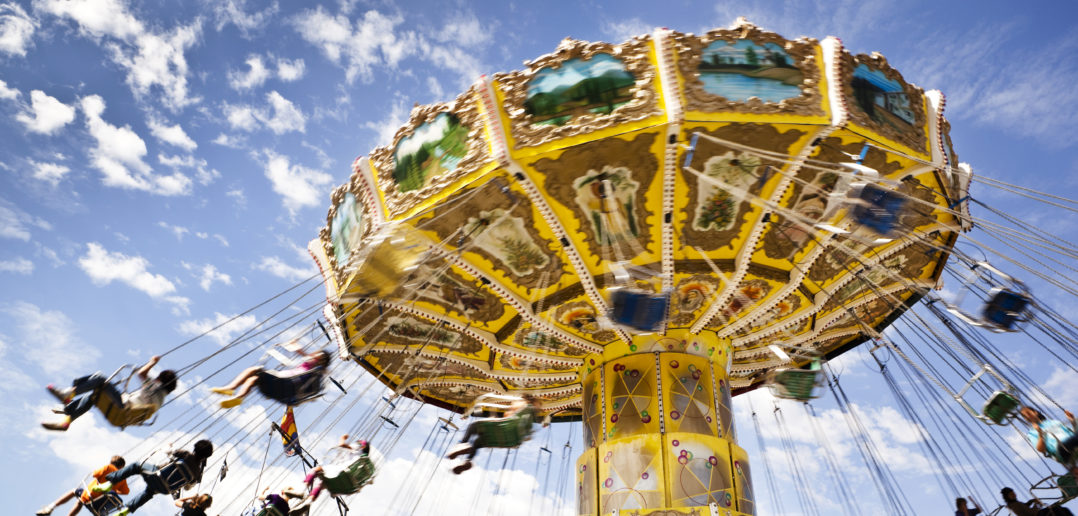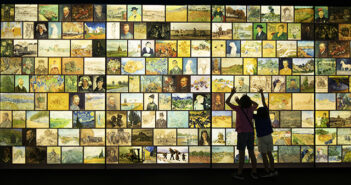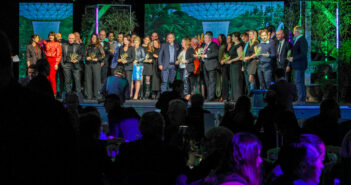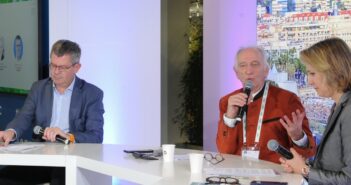“The new landmark leisure concepts break out of the box and sometimes they even break the mould,” says Klaus Sommer Paulsen, founder and CEO of AdventureLAB in Denmark, an experience design and integrated storytelling studio that is working with attractions, destinations and retail clients around the world.
“The new hybrid of attractions – places that hold the power to drive people to them – combines experiences such as those of museums and amusement parks, sports and digital gaming and retail with leisure. Such combinations can create new, extremely alluring concepts. What happens, if a mall is also an aquarium? What happens, if it is divided into different zones with their own themes, like lands in a theme park?”
He believes that some of the most interesting new concepts are not limited by being put in a corner, a secluded zone or even literately in a box. Rather they co-exist with the space they inhabit, making it possible for visitors to both enjoy new surroundings created through place-making, and experience small and big adventures, both stationary and provided by free-roaming technologies.
“The differentiators are in the hands of the host of the leisure space and are not necessarily about speed, scale or technology,” he says.
The keys to a great experience are connection and courage. Connection to visitors through an understanding of who they really are. Visitors are more than visitors, families are not just one kind of family and children play in a variety of ways. One size does not fit all. – Klaus Sommer Paulsen
He adds: “Whatever happened to the experience economy? My response is that it has become so ubiquitous that some do not even see it. Today, enjoying leisure does not necessarily mean having to pay an entrance fee. Attractions are not just competing against each other, but against everything that demands the attention, time and money of their target groups. Place-making is even playing a real part in urban planning, blurring the lines between residence, recreation and attraction.”

Mixed use retail and leisure: What happens next? – White Paper
Leisure is many things and can be enjoyed in many different ways, at different locations and in different time intervals. The context differs and changes, often many times throughout the day, so experience designers need to work in a nuanced way with the different modalities of the visitors: sometimes people engage in conversation, sometimes they want to get on a ride or ride-like experience, sometimes they want to relax, sometimes they want to share or shop.
One of the largest examples of a leisure-based project is EuropaCity, a new district on the outskirts of Paris dedicated to leisure and designed to reflect the evolution of lifestyles in an age of digital revolution. Conceived as Europe’s biggest leisure, culture, retail and entertainment village, the 80-acre (32 ha) EuropaCity will include hotels, restaurants, shopping centres and concert halls, as well as parks, night clubs and bars. It may even include a snow park. EuropaCity is being built in Gonesse, which is situated 16km northeast of Paris, between Le Bourget and Charles de Gaulle airports.

© EuropaCity-Alliages&Territoires
Initiated and backed by Auchan Group, EuropaCity is being supported by Immochan and the CCI Paris Ile-de-France. Construction will begin in 2019 for completion in 2024. The scheme received a major boost in February last year, when China’s Dalian Wanda Group confirmed a €3bn investment in the project and a new subway station is being built to enable tourists to access the site directly via metro from Paris.
“Leisure is obviously very important. But what is leisure today? It could be taking a ride on a themed attraction, swimming on a toboggan but also visiting an expo, listening to a concert, having fun while shopping with friends or drinking something together”, says Yago Bonastre project leasing manager, EuropaCity.
At the end of the day, everything is leisure. – Yago Bonastre
He adds: “As a real global mixed use development – less than one third of the gross space is dedicated to retail, one third amusement parks and museums, one third to hotels – EuropaCity will be a new destination of experiences where leisure will be everywhere. That is the DNA of EuropaCity and it’s really a ‘next level’ experience compared to what exists today.”
Bonastre identifies two main issues, customisation of the leisure experience and the fact that experiences must evolve fast and faster. “EuropaCity, acting as a platform, will be a ‘hot spot’ for leisure, including temporary events, that will be key for our visitors,” he says.
Leisure has also incorporated technology, with virtual reality increasingly creeping into family entertainment centres, retail and theme park environments. The use of VR has the advantage of comparatively compact footplates, changing content and immersive gaming.
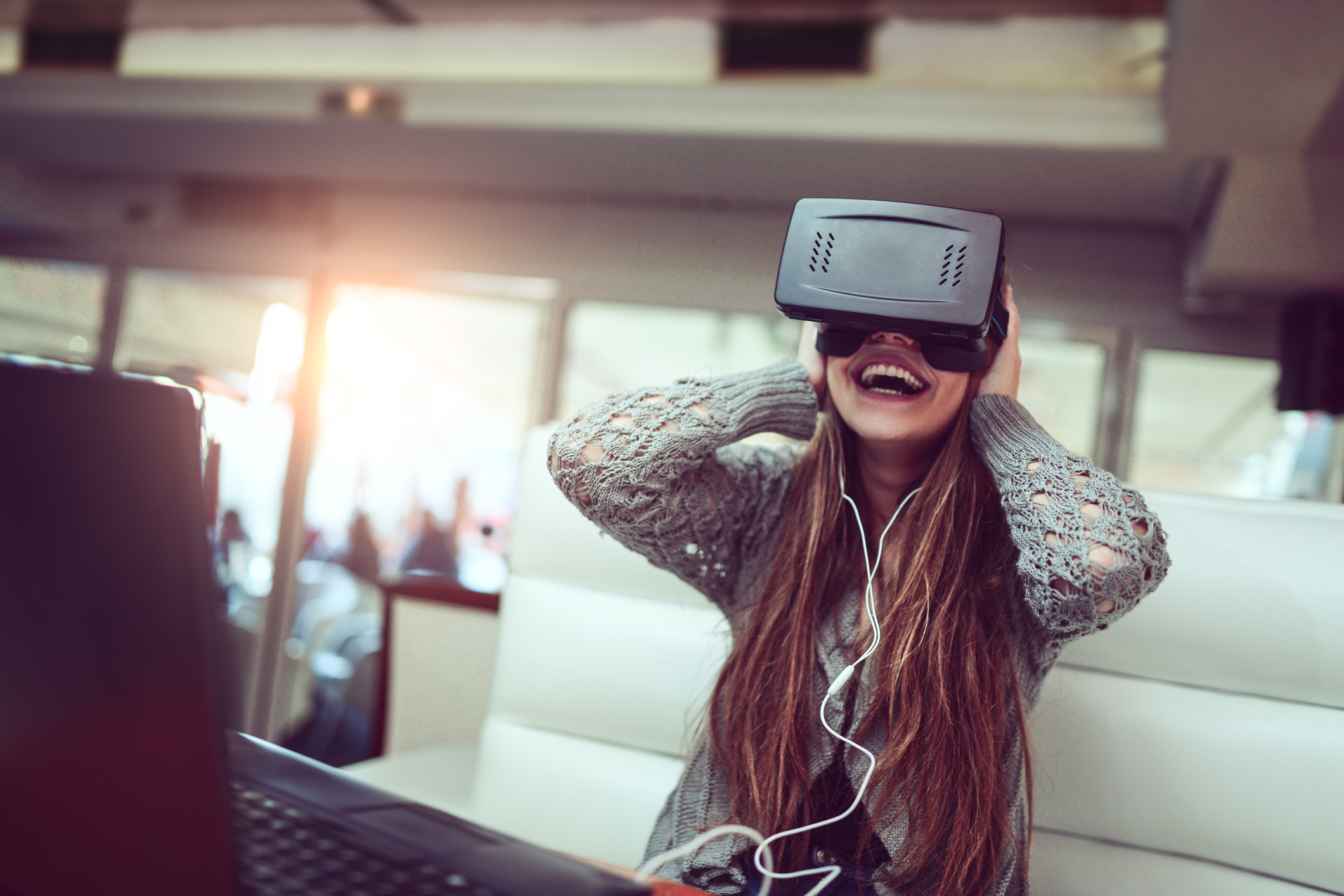
© Getty Image
“Immersive content tricks the mind, which reacts as in real life. This happens if our senses are triggered with the right input,” explains Elisha Karmitz, CEO at mk2 VR. “Premium content is key to make you think that what you see is really happening. You need great graphics, surround sound and intuitive controls. In our mk2 VR centre in Paris, you would be amazed to see how people physically react to what they experience in the VR headsets.”
He adds that haptic technology [which gives the physical impression of movement]will increase this feeling.
Soon the difference between real life and VR will be that you’ll be able to be anywhere anytime doing incredible things – Elisha Karmitz.
He likens the best impact with other media, pointing out that gaming, cinematic documentary, interactive content and CGI cinematics are all immersive and entertaining if the use of VR is justified and written well. “Obviously, interactive contents and gaming reached a new dimension with VR, but the line between interactive experiences and cinematic is becoming thinner,” he says. “More and more cinematic experiences ask the user to interact with the story with their actions having an impact on the ending.”
“Also, VR e-sports are definitely a new entertainment that will be a hit. E-sports in VR are far easier to understand for the general audience because it involves physical moves. We started the first VR e-sports tournament in France with the channel ES1 called mk2 VR League. The public will be able to play to specific VR titles like Echo Arena, After-H or Space Junkies during dedicated periods at mk2 VR.”
Karmitz recalls that because no operating hardware was available when the company opened mk2 VR in December 2016, the business had to design VR Pod, created as a turnkey solution for operators.
“We started installing this solution for other companies like Nordisk in their cinemas in Copenhagen and Oslo, for Arvore in Sao Paolo, the BNF library in Paris, Mediacom in Zagreb, the Film Fund gallery in Luxembourg and others are coming up,” he says. “And obviously, all our own new cinema projects will include a space dedicated to VR and standalone projects are currently being considered.”

